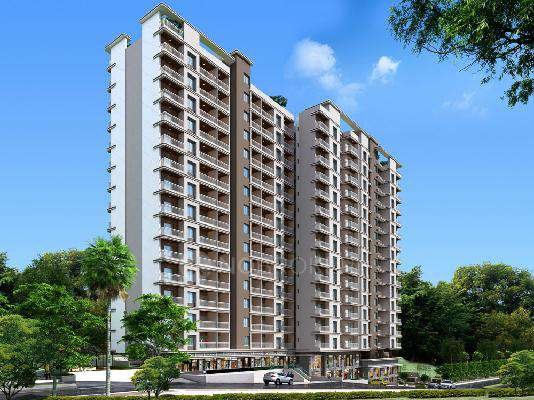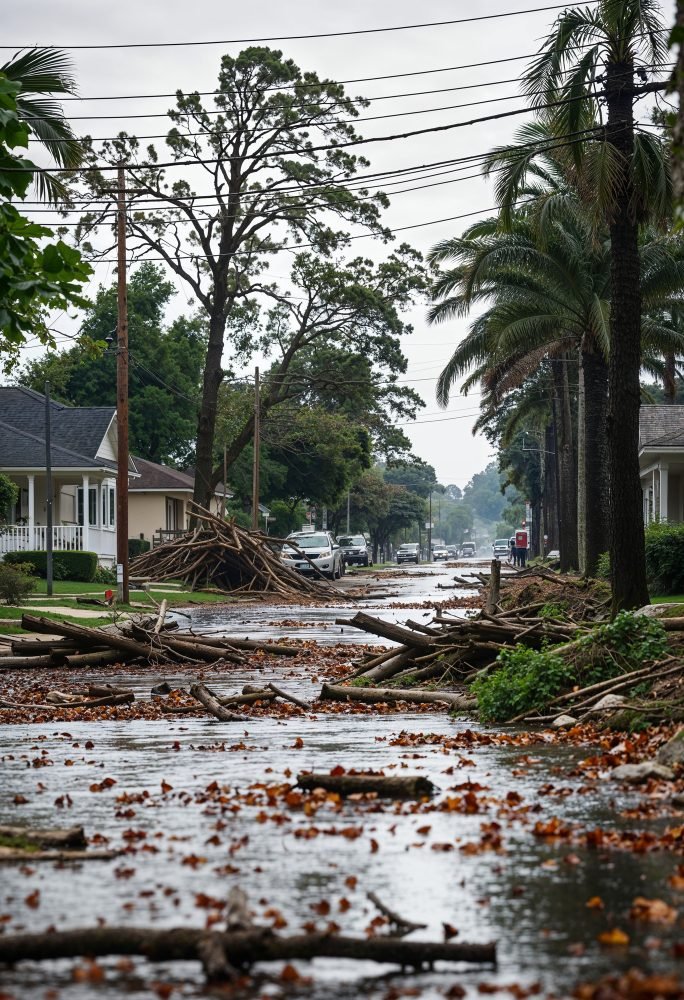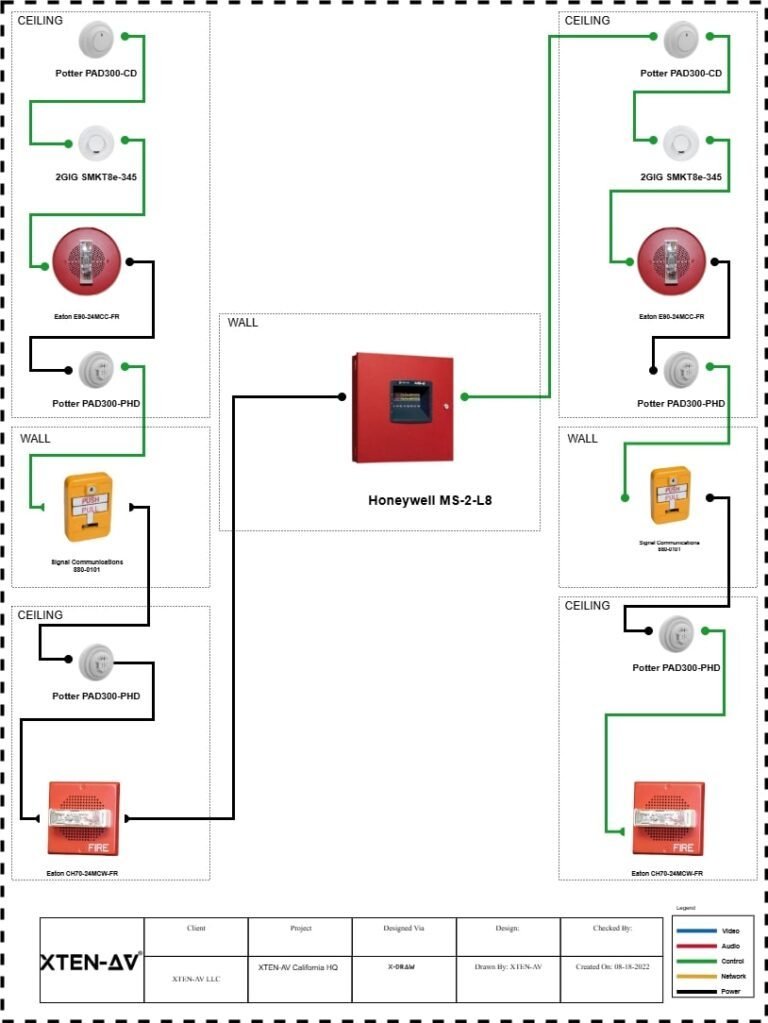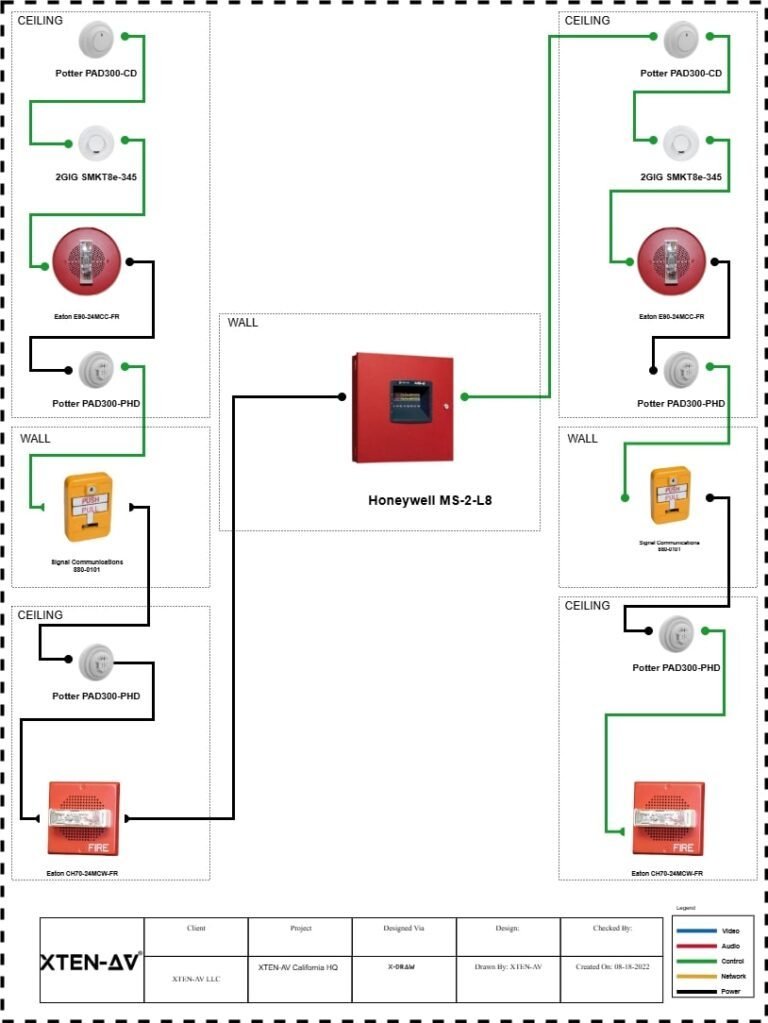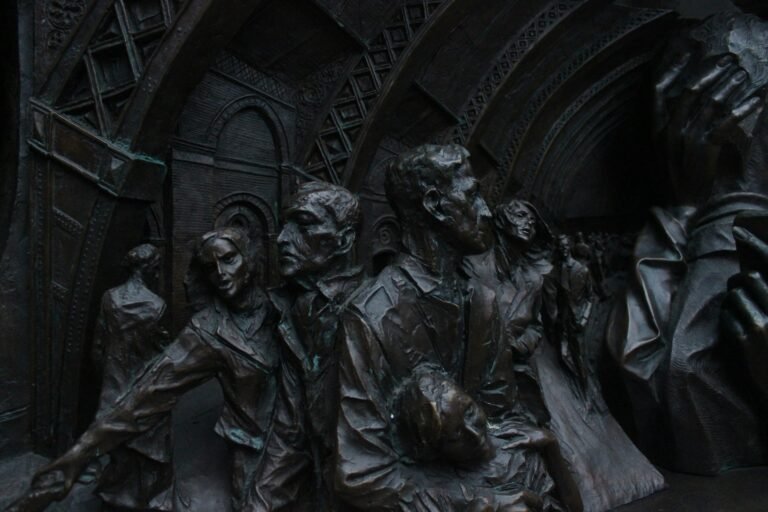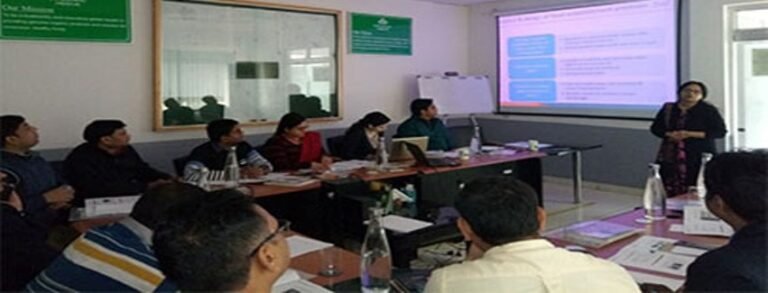When it comes to shaping future doctors and healthcare professionals, West Bengal medical colleges play a significant role in India’s broader medical education framework. Nestled in the eastern corridor of the country, West Bengal has evolved as a hub for medical aspirants, offering a variety of programs that cater to diverse student needs. With a blend of history, infrastructure, and innovation, the state’s medical education ecosystem deserves a closer, well-rounded look.
The Growing Demand for Medical Education
India’s population and increasing health challenges have pushed the demand for competent medical professionals to an all-time high. West Bengal, being densely populated and culturally rich, reflects this trend sharply. The number of students appearing for competitive medical entrance exams, particularly NEET, continues to rise each year. In response, West Bengal medical colleges have stepped up with expanded infrastructure, increased seat capacity, and a focus on modernizing teaching techniques.
Infrastructure and Facilities
One of the most commendable aspects of West Bengal medical colleges is their focus on infrastructure development. Over the last decade, many institutions have invested in advanced laboratories, digital classrooms, simulation centers, and modern libraries. These developments help create a more interactive and practical learning environment for students. Most colleges in the state are equipped with teaching hospitals, which provide hands-on clinical training—a cornerstone of medical education.
The availability of hostels, Wi-Fi-enabled campuses, libraries, and dedicated research cells in many institutions has made them more appealing to outstation and international students. While facilities may differ depending on the funding and administration, the overall landscape is gradually moving toward parity with global standards.
Academic Excellence and Curriculum
The curriculum followed in West Bengal medical colleges aligns with the guidelines set by the National Medical Commission (NMC), ensuring a uniform standard of education across institutions. From foundational subjects like Anatomy, Physiology, and Biochemistry to advanced fields like Surgery, Radiology, and Psychiatry, the academic structure aims to produce well-rounded professionals.
One of the standout features is the integration of research into undergraduate and postgraduate studies. Students are increasingly encouraged to engage in projects, publish papers, and attend national-level conferences. This culture of academic curiosity is slowly but steadily turning West Bengal into a breeding ground for medical scholars.
Admission Competitiveness
Getting a seat in one of the West Bengal medical colleges is no small feat. With thousands of aspirants competing for a limited number of seats, the competition is intense. Admission is primarily based on the NEET score, followed by counseling sessions managed by the state medical authorities.
For those who make it, the sense of achievement is immense. But it’s also worth noting that the pressure doesn’t ease up post-admission. Medical education is rigorous, requiring consistent dedication, practical exposure, and emotional resilience. The colleges are known to maintain academic discipline while offering student support in the form of counseling and mentoring.
Faculty and Teaching Standards
An often overlooked but critical factor in reviewing any educational institution is the quality of its faculty. West Bengal medical colleges boast a mix of experienced professors, young researchers, and practicing clinicians who bring real-world insights into the classroom. Many faculties have national and international exposure, which helps in broadening the academic horizon for students.
Interactive teaching methods, continuous assessment, case-based learning, and clinical rotations ensure that students don’t just memorize textbooks but truly understand medical science. Faculty development programs are also being prioritized to keep educators updated with the latest teaching trends and subject knowledge.
Diversity and Student Life
Medical colleges in West Bengal attract students from all over India, and sometimes even abroad. This diversity brings with it a fusion of cultures, languages, and perspectives. The student life here isn’t just about books and clinical rounds; it includes festivals, seminars, student-led initiatives, and cultural programs that add color to the otherwise intense academic journey.
Despite the demanding coursework, most colleges encourage extracurricular activities, clubs, and social outreach programs. These not only provide a much-needed break from studies but also build interpersonal and leadership skills.
Affordability and Scholarships
Affordability is another critical factor in the attractiveness of West Bengal medical colleges. Compared to some private institutions in other states, many colleges here offer quality education at relatively lower fees, especially government-run institutions. This has opened doors for meritorious students from different economic backgrounds.
Scholarships and financial aid are available through both state and central government schemes. In recent years, there has been a conscious push to make medical education more inclusive, with reserved seats and special programs for underprivileged and marginalized communities.
Challenges and Scope for Improvement
While there is a lot to appreciate, the West Bengal medical colleges system is not without its challenges. Some institutions still struggle with outdated equipment, faculty shortages, or administrative delays. Infrastructure disparities between urban and rural colleges also persist.
However, these issues are being actively addressed through policy reforms, increased funding, and public-private partnerships. The aim is not just to expand the quantity of medical professionals but also to ensure their quality aligns with national healthcare needs.
Final Thoughts: A Worthwhile Pursuit
Choosing to study medicine is a life-altering decision, and selecting the right college plays a crucial role in shaping that journey. West Bengal medical colleges, with their evolving infrastructure, experienced faculty, and student-centric approach, present a compelling option for aspirants.
While there’s always room for improvement, the direction is promising. As the state continues to invest in medical education, its institutions are poised to produce not just doctors, but empathetic, skilled, and globally competitive healthcare professionals. For anyone evaluating medical education in India, West Bengal undoubtedly deserves a spot on the list.






















